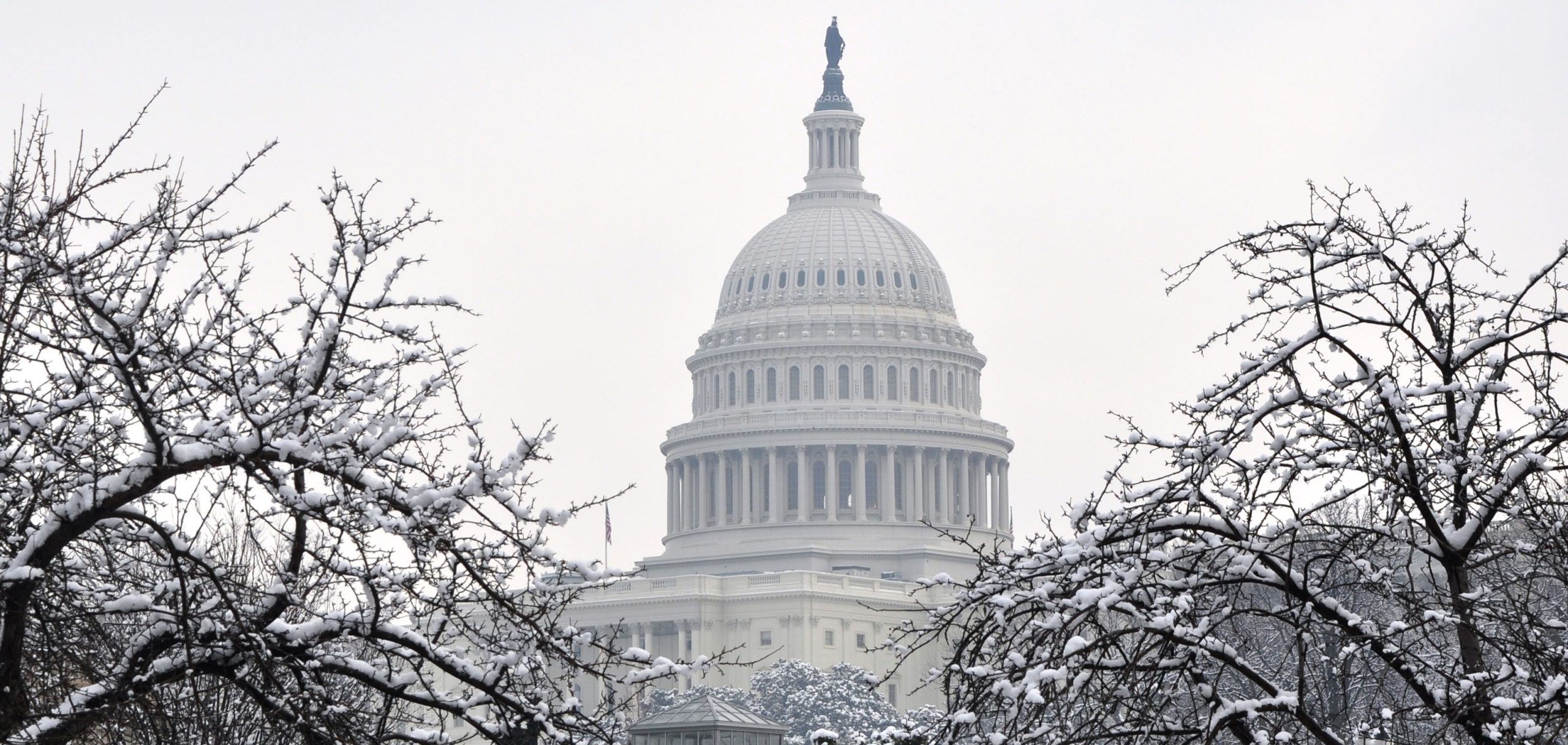by Eric Winograd, Senior Economist—United States, Fixed Income AllianceBernstein
The US government shutdown is almost four weeks old, and there’s no sign that the standoff will be resolved anytime soon. How much has the shutdown impacted—and how much will it impact—economic growth? That depends on how long it lasts.
The current shutdown dates back to late last year, after last-minute talks in Congress failed to resolve key differences. At the heart of the debate: immigration control and the funding of a southern border wall. Temporary closures aren’t unusual, but the latest impasse is the longest in the modern era.
So far in 2019, more than 800,000 government employees haven’t received paychecks, even though some of them are still on the job to fill essential functions. It’s widely assumed that every worker affected by the shutdown will receive back pay once it’s settled, but having 800,000 people without income does hurt consumption right now.
Trying to estimate the exact impact of the government shutdown on economic growth can be an exercise in false precision, but it’s possible to get some insight by taking a closer look at the specific channels through which the economy feels the shutdown.
The direct shutdown impact is fairly small—for the time being. The effect of government work put on hold that would otherwise count in gross domestic product (GDP) statistics is likely to be fairly small—if the impasse is resolved relatively soon. A reasonable estimate is 0.1% of GDP for every week of the shutdown—so about a quarter of a percentage point so far this year.
Some of that lost activity will be regained when the government reopens. Orders that would normally have been spaced out over three weeks will accelerate once the lights come back on, and we’ll see a brief spurt of activity that should make up for lost time.
The indirect impact stretches from contractors to housing. Many private-sector companies rely on government spending for their business. Most of them aren’t likely to change production too much during a brief shutdown. But the longer the government is shuttered, the more likely that government contractors and suppliers will cut their own production to account for thinner incoming orders.
Other businesses rely on government services to function. The housing sector is a case in point. Mortgage applications, for example, need income verification from the Internal Revenue Service (IRS). If the IRS isn’t there to do it, housing sales will have to slow. This could have significant trickle-down effects on the economy.
Market, business and consumer sentiment will take a hit. These groups already have concerns about the economy’s trajectory in 2019. The shutdown is likely to add to them and drag sentiment down from here. Based on the numbers, sentiment is still at levels consistent with strong growth, but the longer the shutdown goes on, the more likely it is that sentiment will suffer.
More Time Will Mean More Pain
The common variable in all these channels is time. The longer the shutdown lasts, the greater the probability that it will have a big impact on the economy as a whole. With no end to the political showdown in sight at this point, it’s time to become more concerned about that possibility.
We’re not ready to adjust our full-year GDP forecasts based on the shutdown, but if it lasts very much longer and we start to see spillover effects into other sectors of the economy, we’ll have to take seriously the idea that downside risks are becoming the new reality.
The views expressed herein do not constitute research, investment advice or trade recommendations and do not necessarily represent the views of all AB portfolio-management teams.
Copyright © AllianceBernstein















